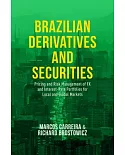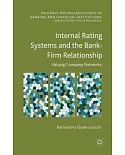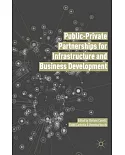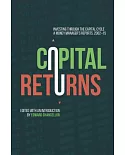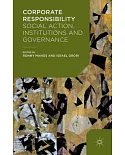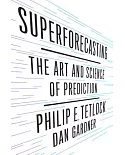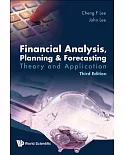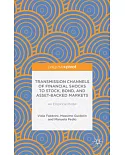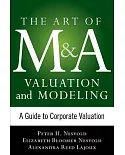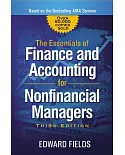"Risk management as a discipline is evolving, evolving to deal with fat tails, evolving to deal with macro-economic drivers and basic forms of nonlinearity. And yet, financial risk management
remains limited to the confines of quantification, forced to use the crutch of mathematical models. The fact that financial risk management relies so heavily upon mathematical models and
quantified probabilities makes it bear little semblance to risk management in other applications such as process risk, environmental risk , operational risk and disaster planning, where in many
cases possibilities are addressed and probabilities remain indeterminate. This book proposes that financial risk management broaden its approach, maintaining quantification where possible, but
incorporating uncertainty. The author shows that by using broad quantification techniques (reasonable possibilities, and inexact probability as opposed to absolute and uniquely quantified
figures), and using reason (based on experience, inferences etc.) as the guiding principle, practitioners can see a more holistic and complete picture. Crucial in this approach is the
development of scenario analysis, requiring input of traditional functional areas within the business, legal, and accounting departments. While the outcomes may not be certain, we can foresee a
possible range of outcomes. The scenarios will take into account the reactions, responses and interdependencies of various economic stakeholders: consumers, corporates, banking, markets,
governments, policy makers. However, unlike most approaches to macrofinancial analysis, overly reliant upon models, the author’s approach focuses on the ability of stakeholders to alter the
interdependencies between themselves, effectively changing the rules of the game. "--



